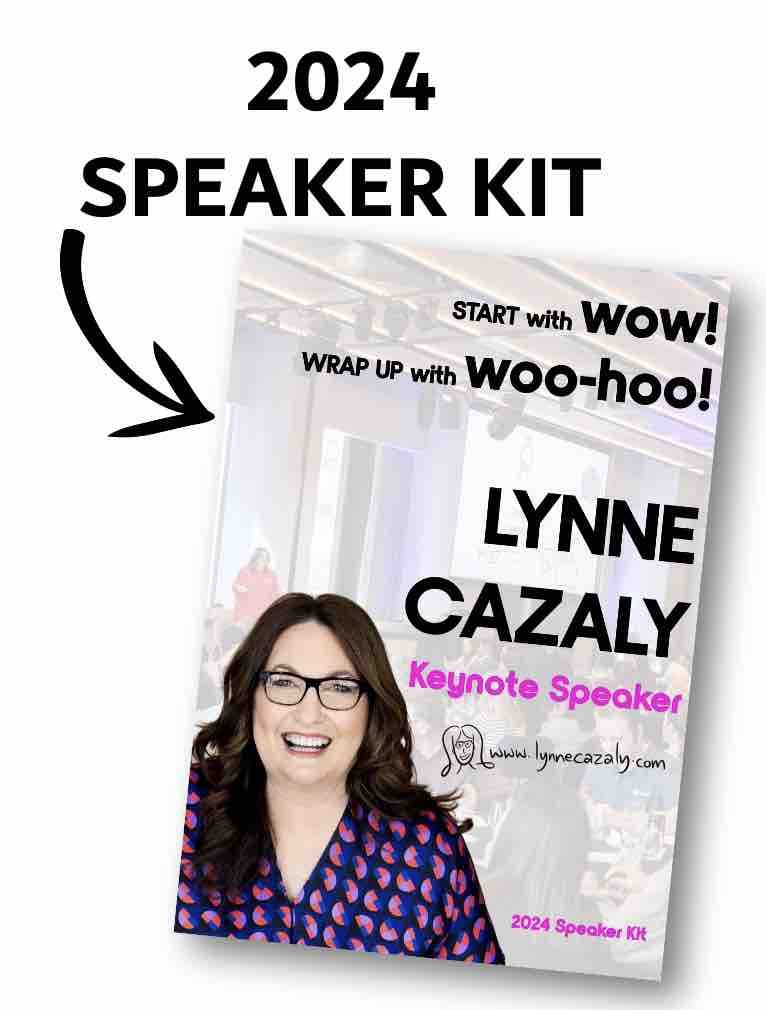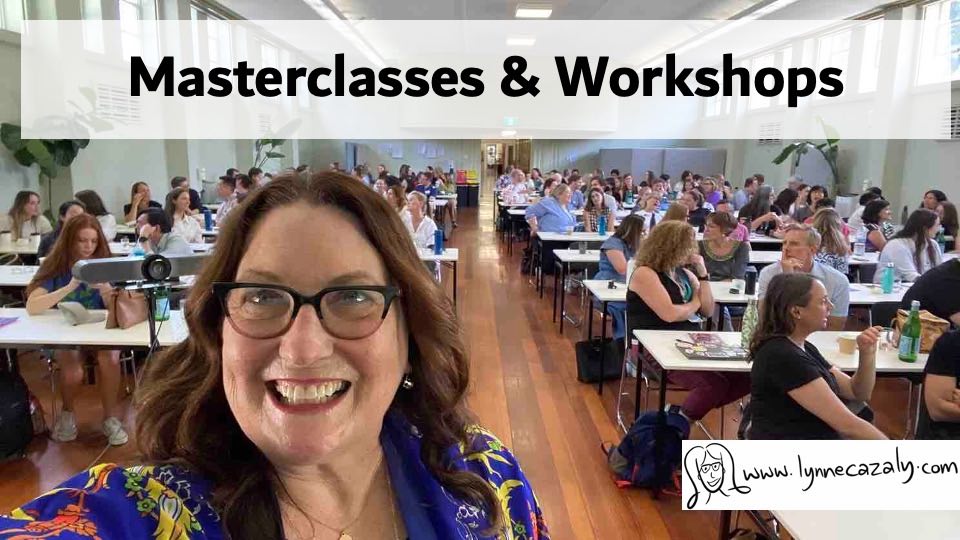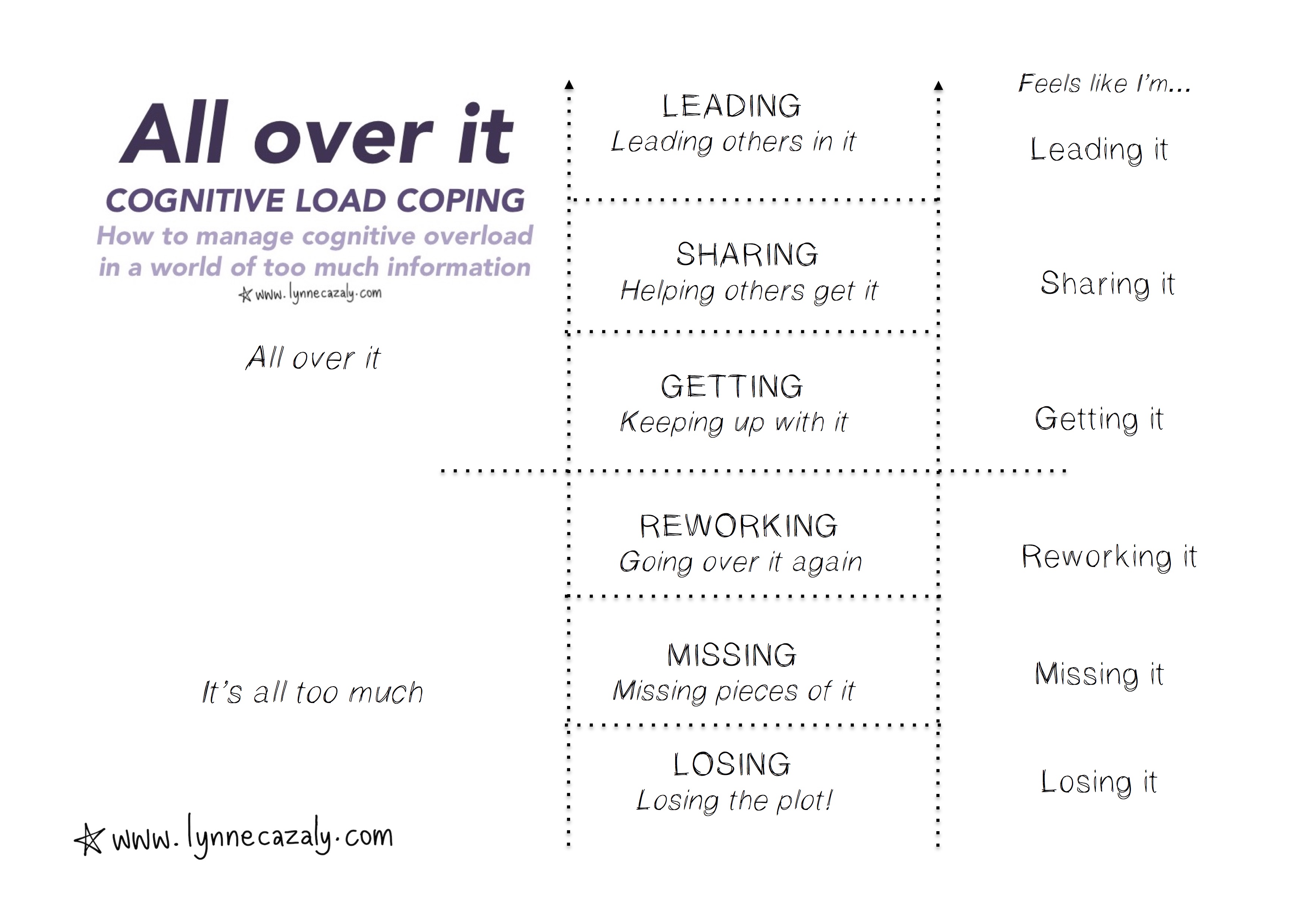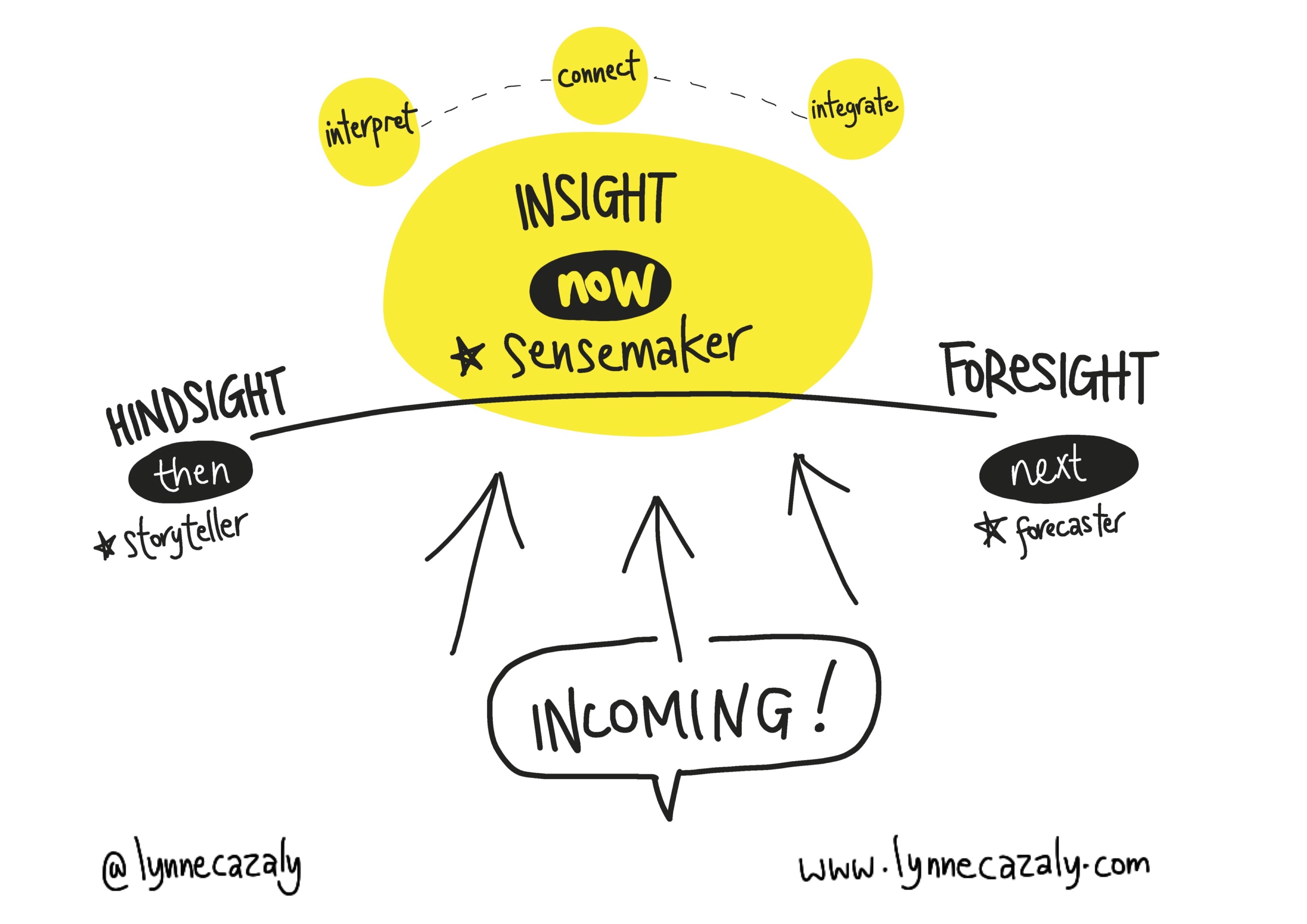New ways of working
 Sunday, August 11, 2019 at 9:52PM
Sunday, August 11, 2019 at 9:52PM 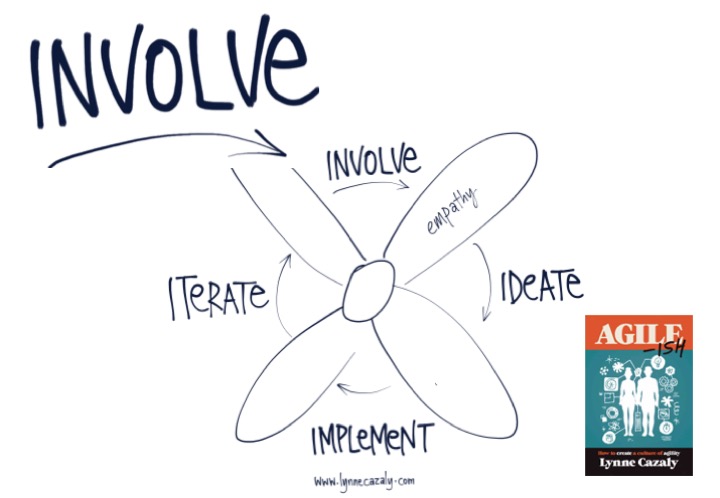 If delivering value sooner is the goal, let’s check out how to get that started. Hint : it doesn’t start with you. It’s about involving people, users, customers, colleagues.
If delivering value sooner is the goal, let’s check out how to get that started. Hint : it doesn’t start with you. It’s about involving people, users, customers, colleagues.
It means connecting more with people, not less. It’s being closer to them and understanding more about who they are, what they need, what their problems and challenges are.
Involve is about empathy, understanding things from their perspective and seeing the truth of the situation or problem. How close could you get then Martin Lindstrom in ‘Small Data’ says, ‘there’s a well-known quote that says if you want to understand how animals live, you don’t go to the zoo, you go to the jungle.’
Lindstrom gets very close to gather data; he moves in! Why so close? ‘I look for patterns, parallels, correlations ... imbalances and exaggerations,' he says. 'Typically I focus on the contrasts between people’s day-to-day lives and their unacknowledged or unmet desires, evidence that can be found anywhere.’ A-ha!
Start with empathy and getting closer to your customers. This is a vital part of new ways of working... putting the customer at the centre.
How do you currently involve your customers? How could you involve them more?

